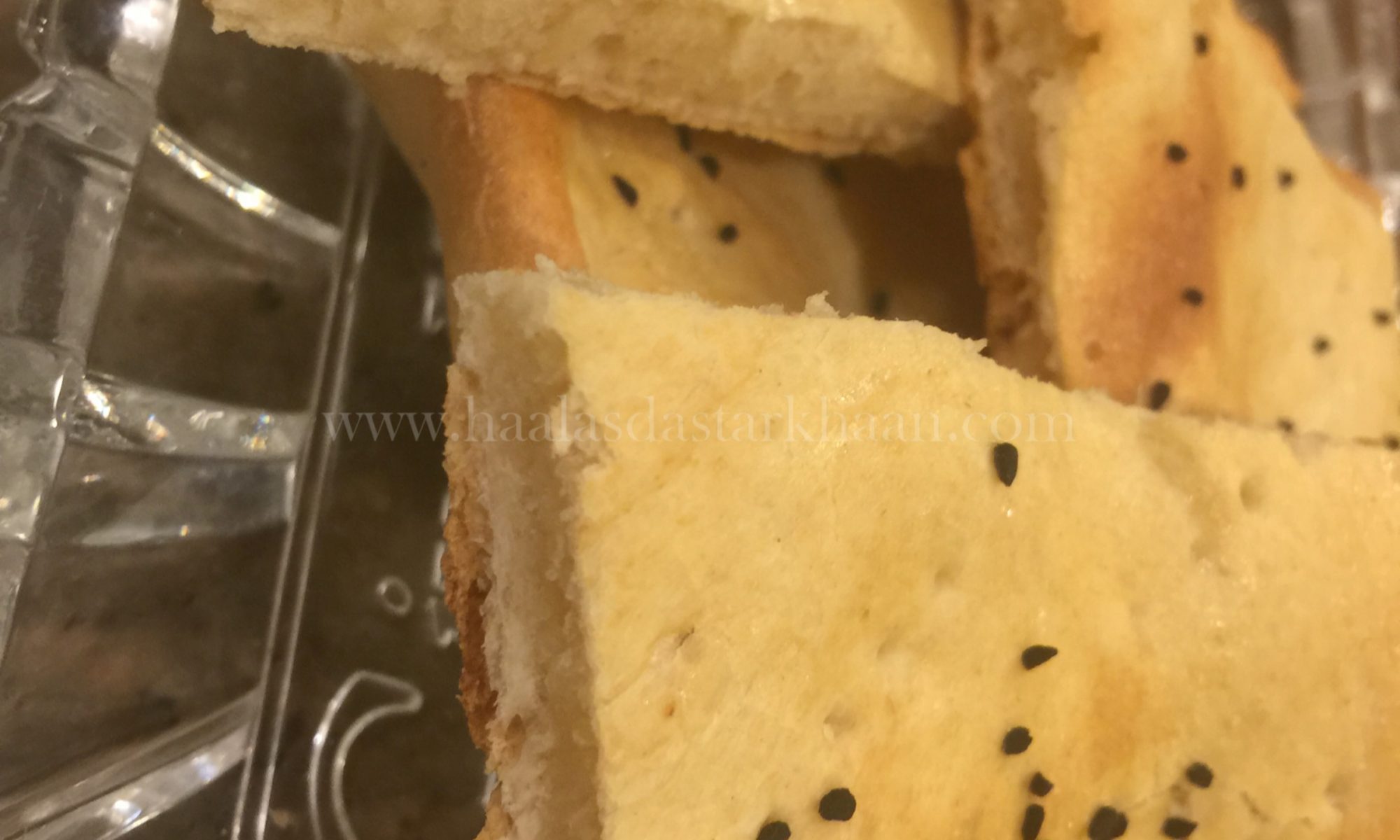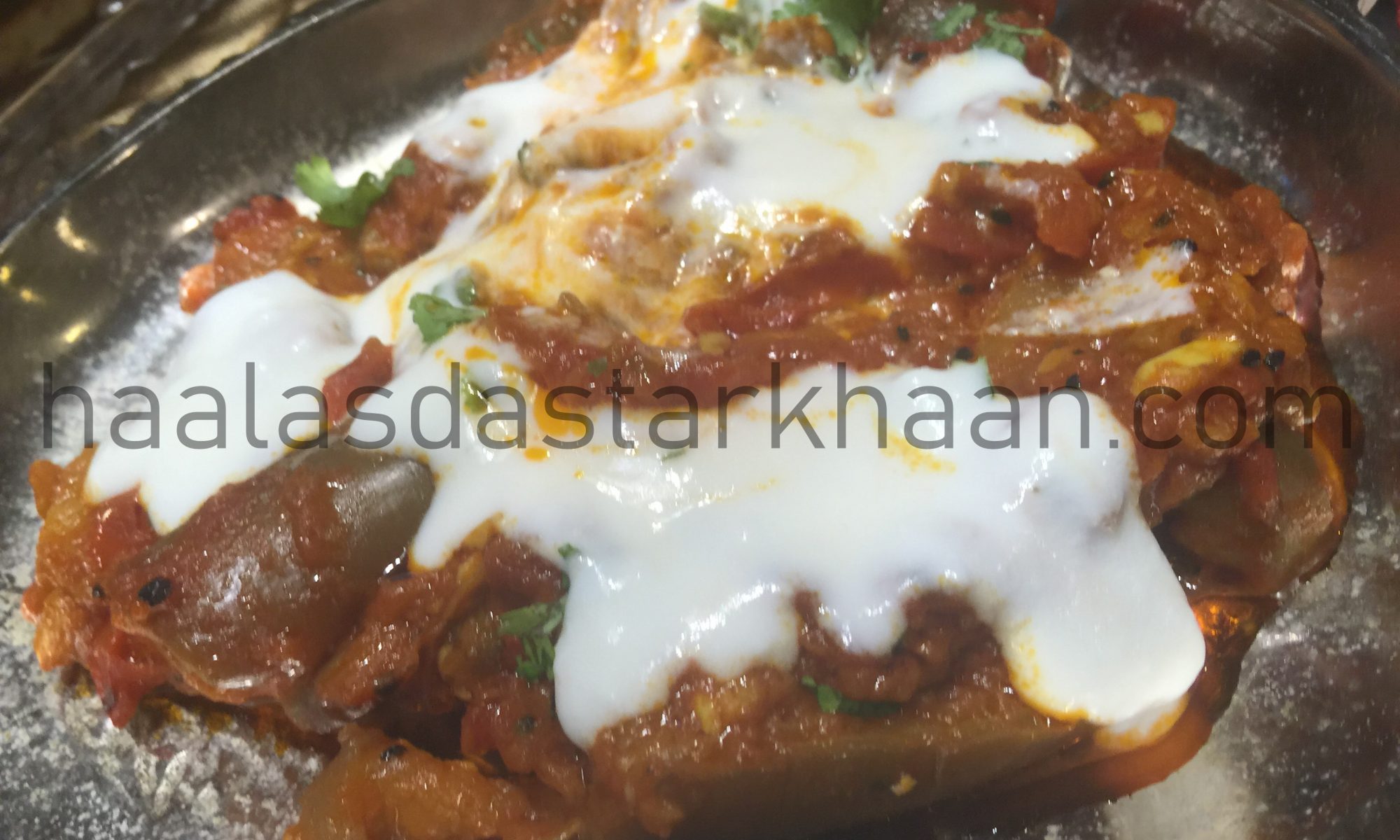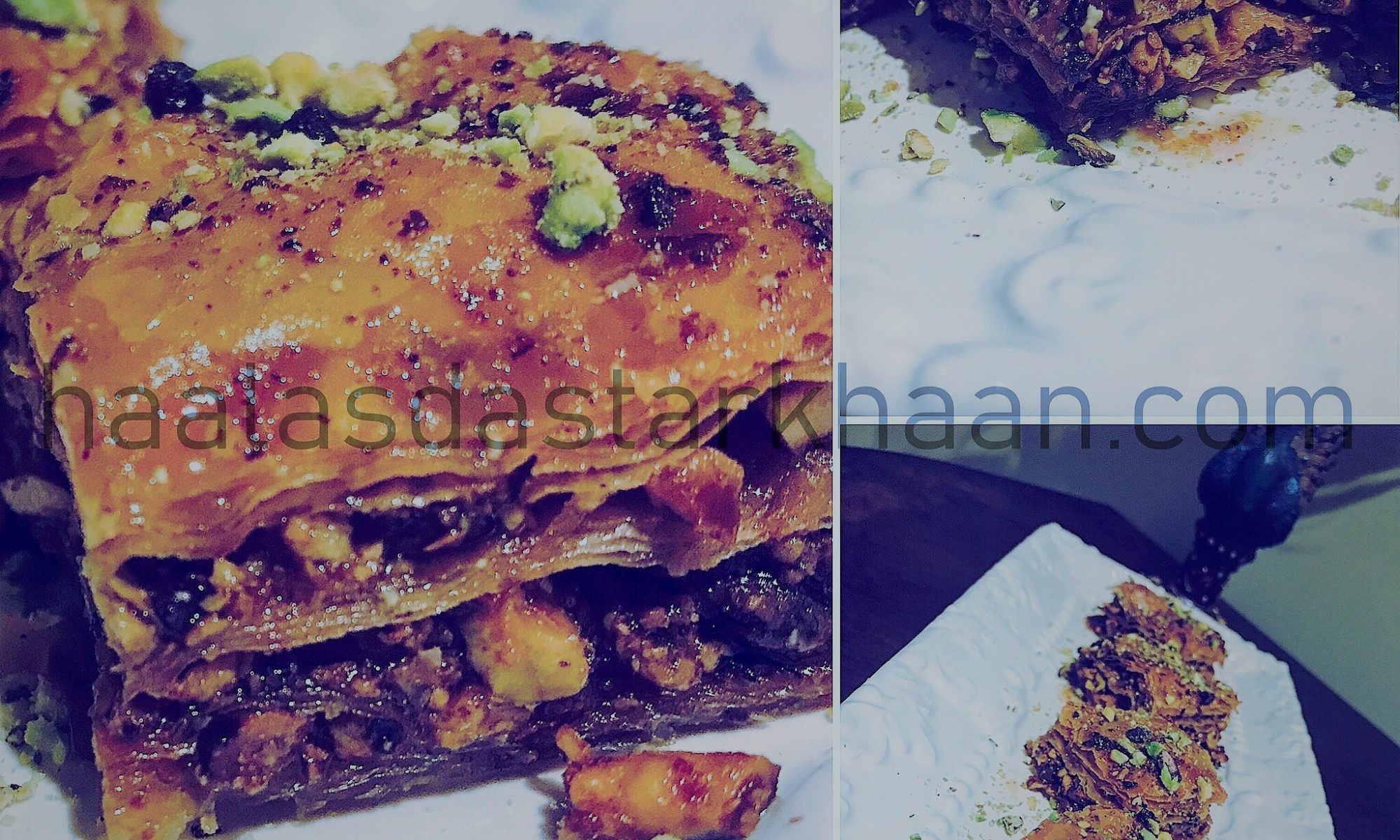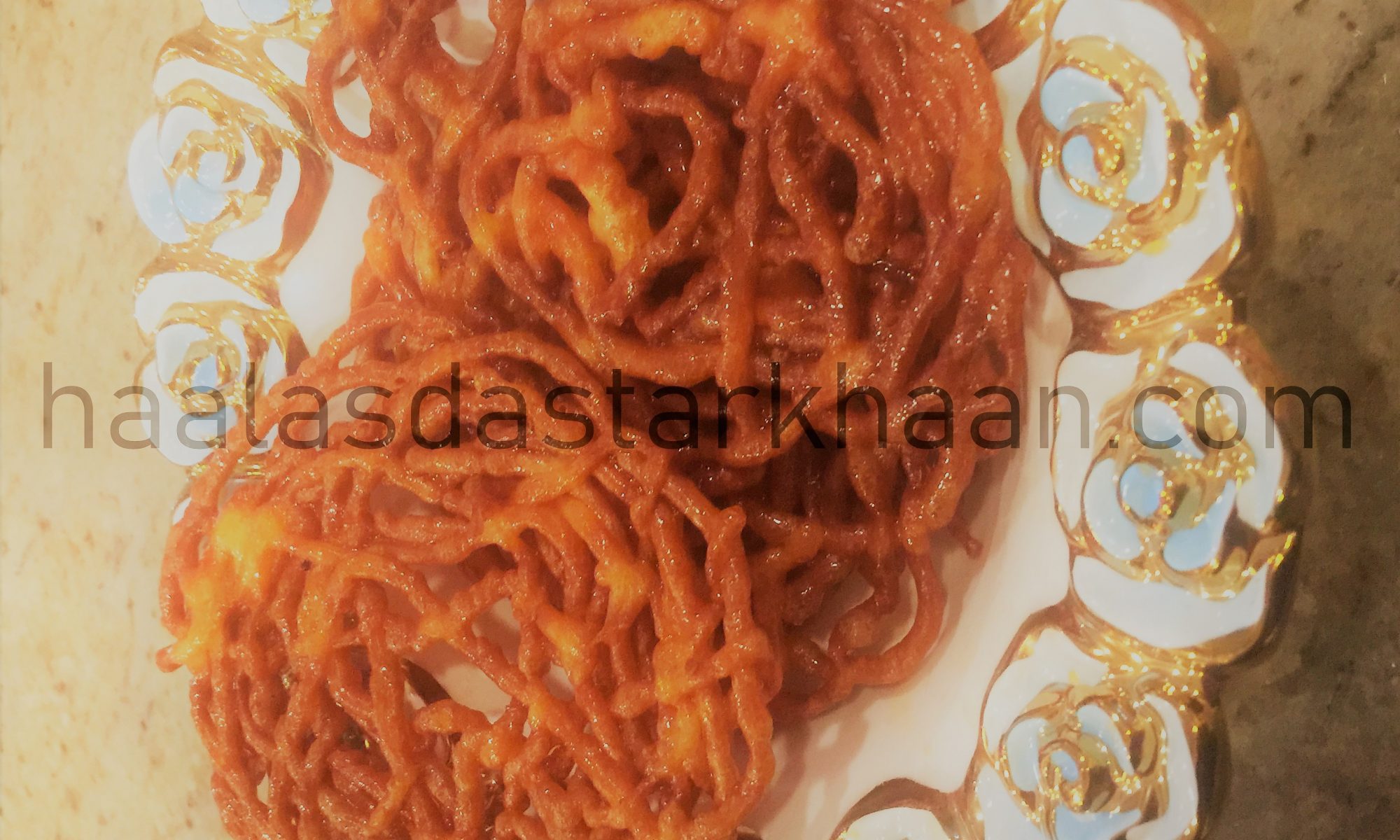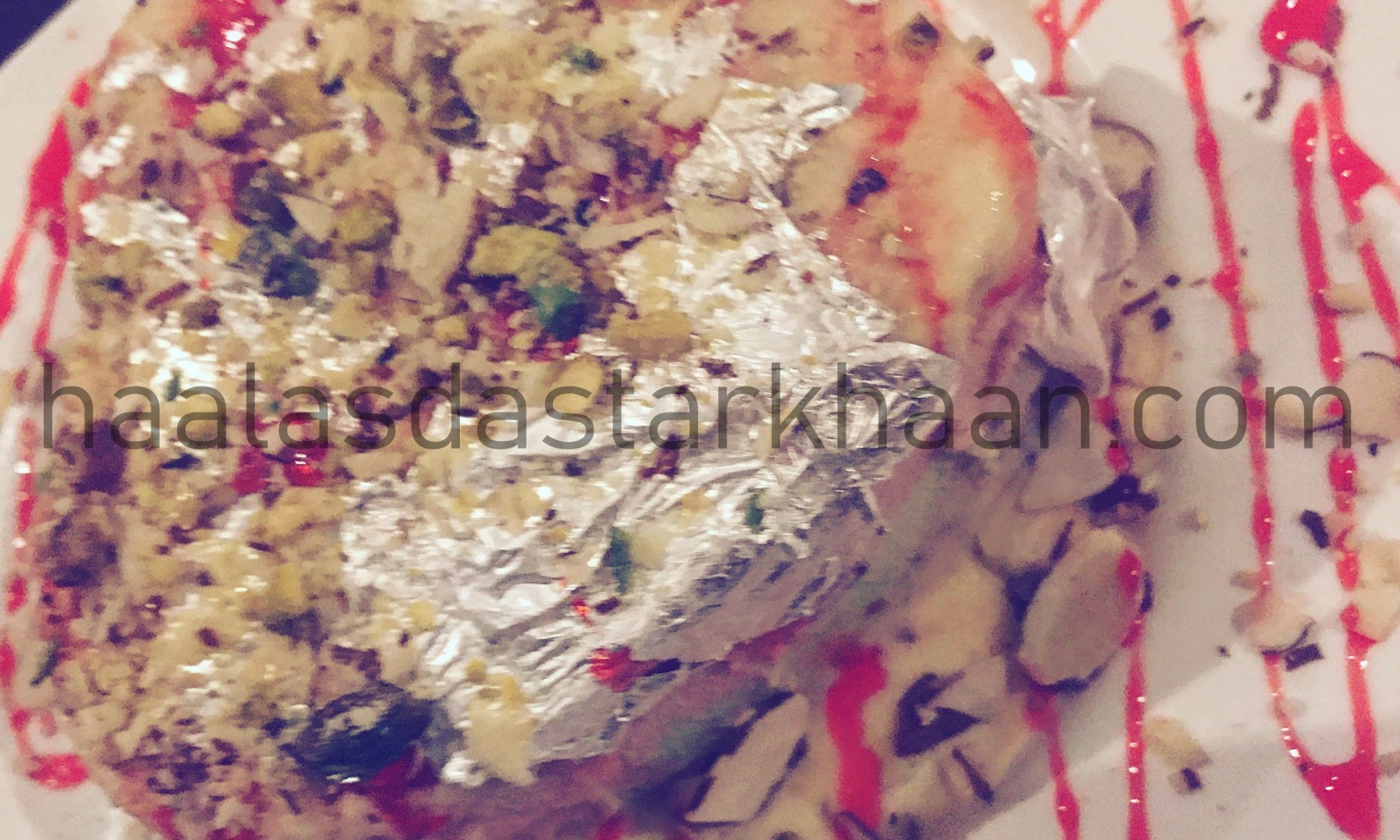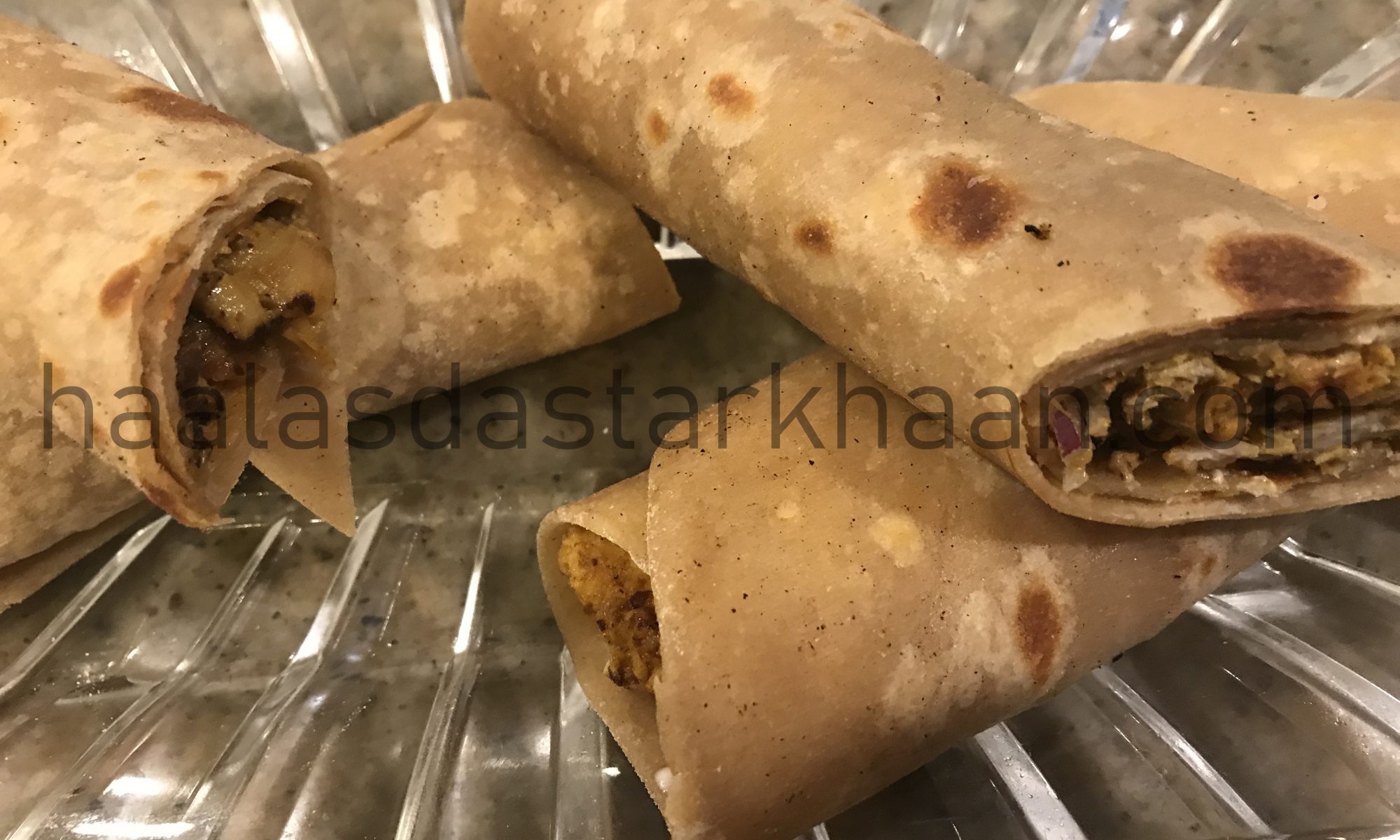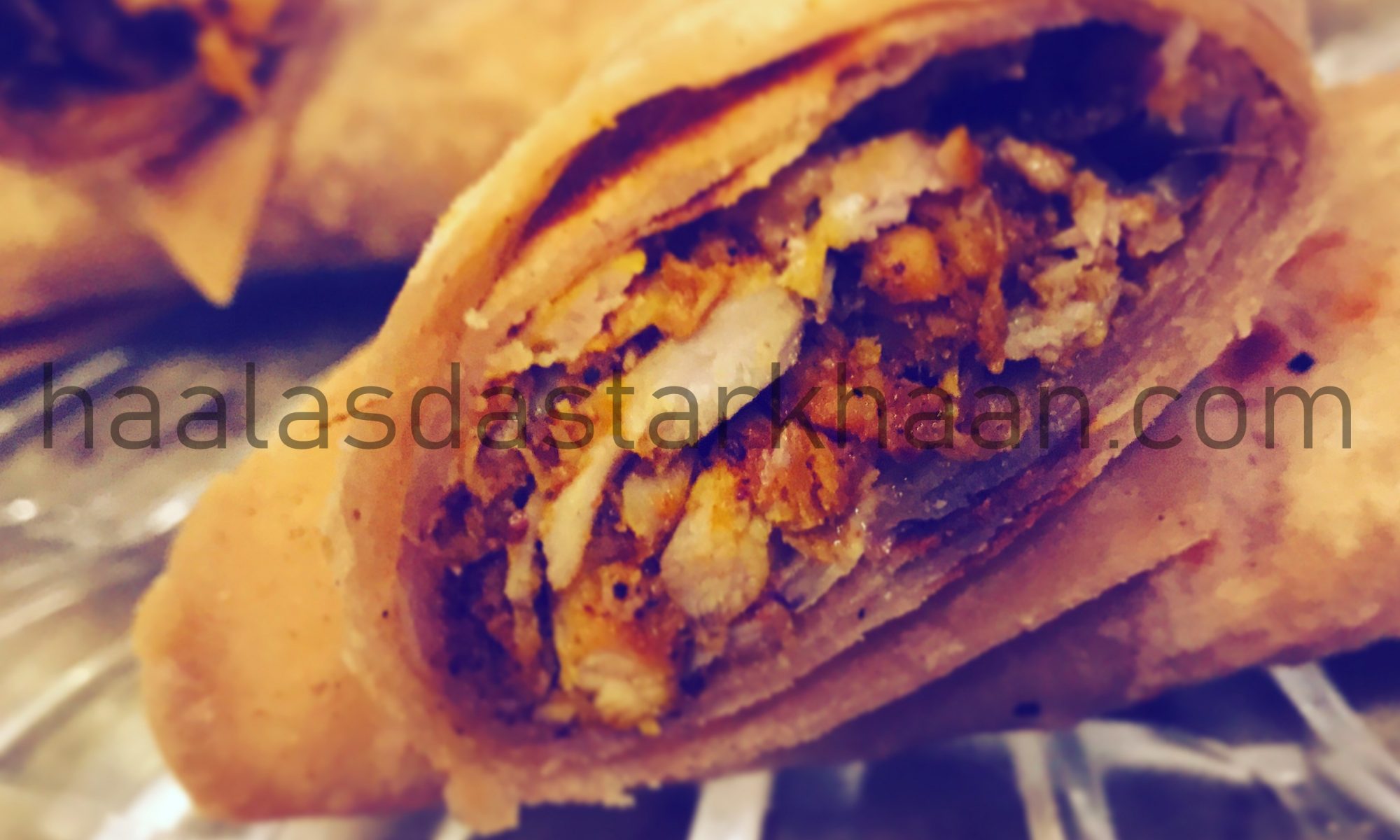Kulfi is well known Indian Ice cream. Kulfi or Qulfi is an Indian word derived from the Persian word “Qufli” meaning “covered cup”. The dessert likely originated from the Mughals. From the history I read, I found that it made to one of the most popular deserts in the Mughal Empire in the 16th century.
The mixture of dense evaporated milk was already popular in the sweet dishes in the Indian subcontinent. During the Mughal period, this mixture was flavored with pistachios and saffron, packed into metal cones and immersed in slushed ice, resulting in the invention of Kulfi.
Ain-e- Akbari, a detailed record of the Mughal emperor Akbar’s administration, mentions use of saltpeter for refrigeration as well as transportation of Himalayan ice to warmer areas.
Kulfi has similarities to ice cream in appearance and taste; however being dense, its more filling and the flavors are more pretentious. It comes in various flavours. The more traditional ones are cream/ malai, rose/Gulab, Cardamom/ Elaichi, Mango, saffron/ zaffran and pistachio. There are newer variations such as apple, orange, strawberry, peanut, and avocado. Unlike ice cream, kulfi is not whipped, resulting in a solid, dense frozen dessert similar to traditional custard-based ice cream. Thus, it is sometimes considered a distinct category of frozen dairy-based dessert. Due to its density, kulfi takes a longer time to melt than Western ice cream.
My hometown has a very old shop that has been making and serving Kulfis for over 300 years. People still believe it to be the best frozen desert we get in my hometown. Its popularly known as Marwari Kulfi and is loved by people of all ages. During my childhood, there were Kulfi vendors who sold Kulfi in a cart. They were popularly known as “Kulfiwala” and would sell cylinder shaped long kulfis on a stick, that were taken out of a metal mold, or small earthen pots that were all kept in a mix of ice and salt.
Kulfi is traditionally prepared by evaporating sweetened and flavored milk by slow cooking. It needs to be constantly stirred, making sure it doesn’t stick to the bottom of the pan. A little sticking to the pan would leave the milk with a burnt smell, that is impossible to take out, therefore one has to be careful. The best trick I use for that is adding a cup of cold water in the bottom of the pan before adding milk. Also keeping the flame to low or medium helps as well. The milk has to be cooked till its volume is reduced by half, thickening it, increasing its fat, protein, and lactose density.
It has a distinctive taste due to caramelizing of lactose and sugar during the lengthy cooking process, while adding your favorite flavor to it. The semi-condensed mix is then frozen in tight sealed molds that are then submerged in ice mixed with salt to speed up the freezing process. The ice/salt mix, along with its submerged kulfi moulds, is placed in a kulhar/ small matka which is an earthen pot that provides insulation from the external heat and slows down the melting of ice. Kulfi, thus prepared by slow freezing, also renders a unique smooth mouth feel that is devoid of ice crystals.
An easier version is to boil the milk and add bread crumbs, mawa (dried whole milk), and sugar while stirring. The cream layer formed on the boiling milk is scooped initially and added in the end to thicken the milk. More recently Kulfi is prepared from evaporated milk, sweetened condensed milk and heavy cream. Then sugar is added and the mixture is further boiled and cornstarch mixed in water paste is added. This paste thickens the mixture, although it is boiled for an additional few minutes. Then flavors are then added. The mixture is then cooled, put in molds and frozen.
It needs to freeze for 8-10 hours. Take it out 5-7 minutes before serving. If the edges do not loosen up, you can add the molds to water for 2-3 minutes and take the kulfi out of the molds. It can be served by itself or with vermicelli/ Falooda.
So, this special kulfi is a 4 layer flavor of Rose, malai, Pista and Figs. I put layers of all flavors together in a heart [ Dil ] shaped mold, heance came up with the name. Decorating it with nuts, silver leaf and rose syrup.

